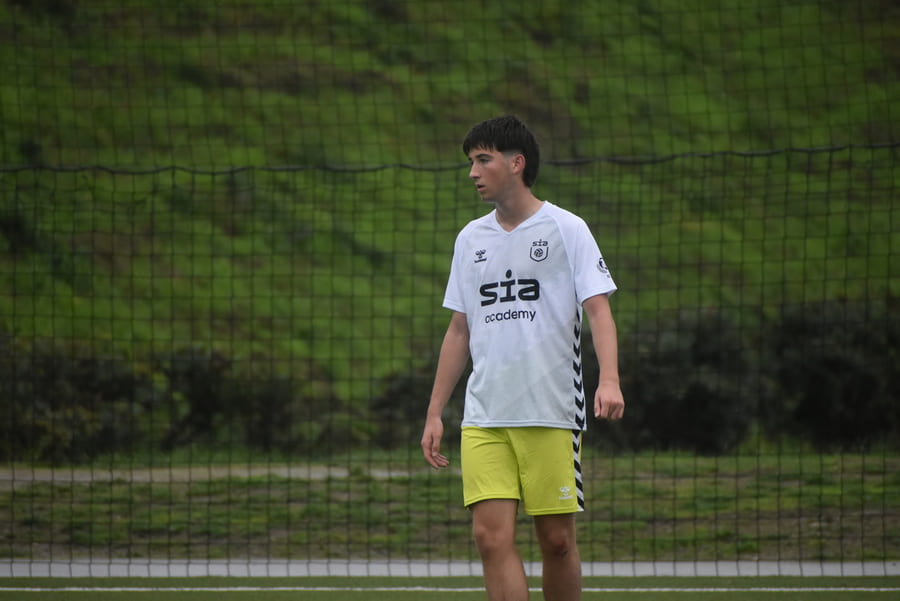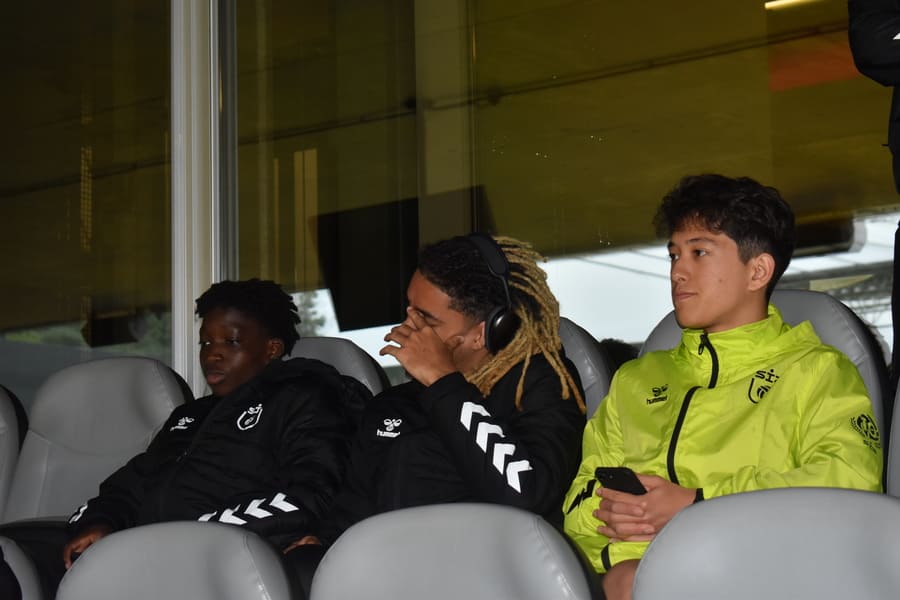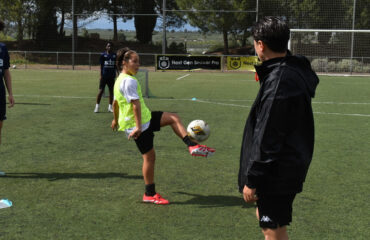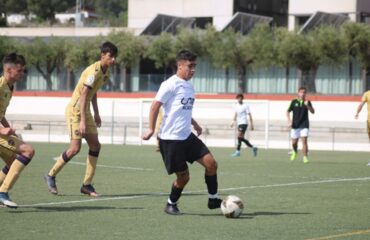In contemporary football, mental preparation is as decisive as physical condition. One of the most powerful and often underestimated elements in this area is music. Its ability to modulate mood, activate the body, and focus attention makes it a strategic tool for players and coaching staff. At SIA Academy we have incorporated this dimension into our protocols because we believe that performance is built from the sum of technical, physical, and emotional factors.
Table of contents
How music influences activation
Music acts as a neurosensory activator that can raise or lower the level of arousal depending on tempo, instrumentation, and the player’s personal associations. Before a match, a suitable sound selection increases the willingness to exert effort and improves bodily synchrony: marked rhythms favor coordination and explosiveness, while less intense pieces help reduce tension. From our experience, a good warm-up accompanied by specific auditory stimuli helps the team enter competition in an optimal state.

Focus and attention
In high-demand situations, attentional dispersion is one of the main enemies of performance. Music can function as a filter that blocks external distractions and creates a stable “zone” of attention. When a footballer trains with playlists designed for specific tasks —for example, precision drills or tactical work— we observe improved consistency in execution. In addition, certain rhythmic patterns help regulate the cadence of movements, resulting in greater technical fluency.
Emotional management and recovery
Music not only prepares; it also recovers. After a mistake or a difficult match, players need tools to regulate frustration and rebuild confidence. Listening to pieces that induce calm or hold personal meaning allows for faster recovery and reduces emotional reactivity. At SIA Academy we incorporate “post-game” sessions where the sound selection supports emotional processing and facilitates healthy psychological transitions.
Practical application at SIA Academy
We at SIA Academy work with personalized protocols: there is no single playlist that works for everyone. We analyze each player’s preferences, physiological responses, and competitive contexts. With that information, we design specific sound blocks for warm-ups, concentration routines, and recovery. We also train coaches and staff in the intentional use of auditory stimuli so that their application matches the goals of the session.
“Music, when used correctly, is a lever that organizes the player’s mind; when the mind is organized, the body can express its best version,” explains José Luis, the academy’s psychologist.
In addition to individual playlists, we use music collectively to reinforce team identities and rituals: arrival at the locker room, pre-match warm-ups, or travel can become moments of emotional cohesion when programmed with intention. This practice strengthens belonging and group synchrony, elements that later translate into greater coordination and tactical commitment on the field.
José Luis adds: “It’s not about playing songs at random; the choice must pursue a purpose: activate, center, or recover. That intention turns an auditory stimulus into a performance tool.”

Limitations and recommendations
Although music offers multiple advantages, its effect is mediated by individual variables. Not everyone reacts the same way to the same stimulus, and in some cases excessive volume or inadequate rhythms can generate over-arousal or distraction. That’s why we recommend prior evaluation and progressive use: starting with controlled sessions in training, measuring the response (subjective and physiological), and adjusting playlists accordingly. It is also important to respect moments in which silence or the coach’s direct communication is more productive.
The influence of music on concentration and performance in football is broad and multifaceted: it modulates activation, facilitates focus, supports emotional management, and can strengthen group cohesion. At SIA Academy we believe that its intentional and personalized use is a competitive advantage. It is not a magic solution; it is a tool that, when integrated into a global preparation plan, enhances the player’s ability to perform consistently. If applied with clear criteria —defined objectives, continuous evaluation, and individual adaptation— music shifts from being mere background to becoming a strategic resource in the process of development and high performance.
If you want us to prepare an example playlist based on a specific position (forward, midfielder, goalkeeper) or a protocol for match day, we at SIA Academy can design it and detail it step by step for implementation.






